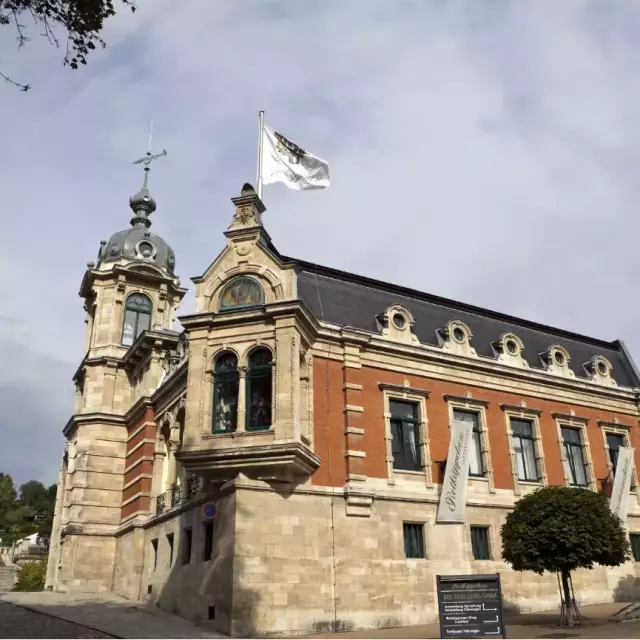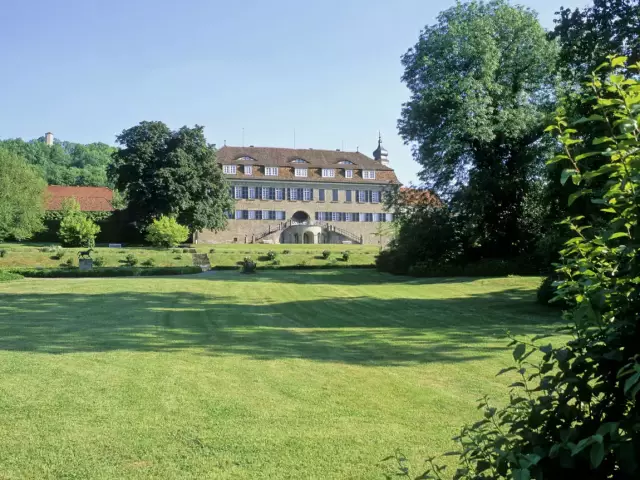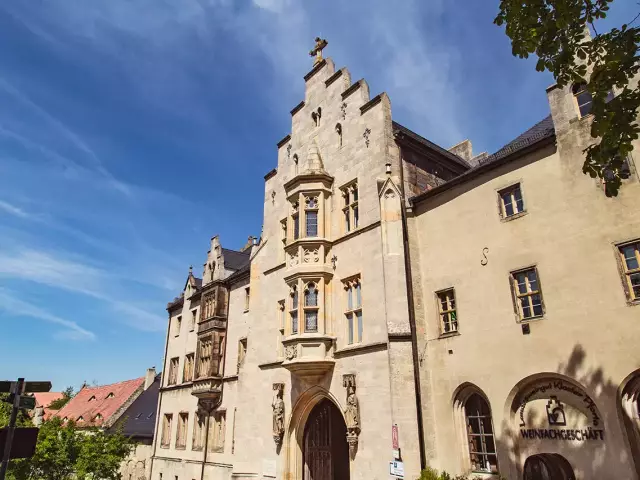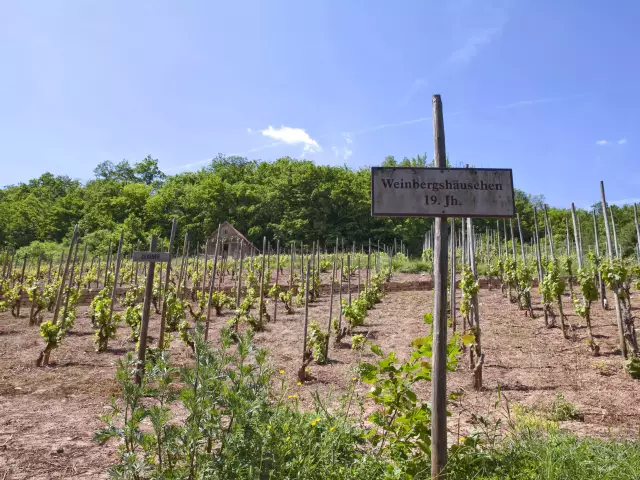Rotkäppchen sparkling wine cellar

Once upon a time in 1856, there were two brothers who decided to found a wine store with a mutual friend ... and thus began the fantastical success story of Sektkellerei Rotkäppchen, the sparkling wine with the red cap.
This is where the sparkling wine with the red cap comes from, a true landmark of German viticultural history. Back in 1856, the brothers Moritz and Julius Kloss together with their friend Carl Foerster, founded the wine shop Kloss & Foerster in the city of Freyburg on the Unstrut river. The first 6000 bottles were filled in a back-courtyard apartment of the family's property, and the first sparkling wine cork popped at the wedding of Julius Kloss with Emma Gabler in 1858. The company was enormously successful, so much so that ten years later, in 1867, the winemakers of Freyburg were not able to provide the necessary amount of wine for their sparkling production so had to buy grape must from Württemberg and Baden. In 1870, a total of 120 000 bottles were produced.
In 1894, a French champagne company filed a law suit against Kloss & Foerster because both used the name "Monopol" for their products. The French won the case, hence Kloss & Foerster had to rename what was the most successful line of their sparkling wines. They chose a name taken from the red cap on top of the bottles, and thus the brand name Rotkäppchen was born. On July 15th 1895, they officially registered the brand name which was henceforth protected by copyright.
After the Second World War, the East German State repossessed the cellar from the Kloss family, and continued to produce sparkling wine as the 'People's Company Rotkäppchen Sektkellerei. In 1988, a total of 15 million bottles of sparkling wine were filled in the production site in Freyburg.
After the Wall came down in 1989, Rotkäppchen almost vanished – in the second half of 1990, only 1,8 million bottles were sold. The sparkling wine production continued for a few years under the supervision of the State's trust until in 1993, a couple of employees bought the company with the help of the Eckes-Chantré family, a leading schnapps company in Germany. The courage and commitment paid off: Today, Rotkäppchen is again one of the biggest sparkling wine producers in Germany which, in 2002, was even able to buy famous sekt brands like Mumm and spirit brands like Chantré, a popular liqueur.




